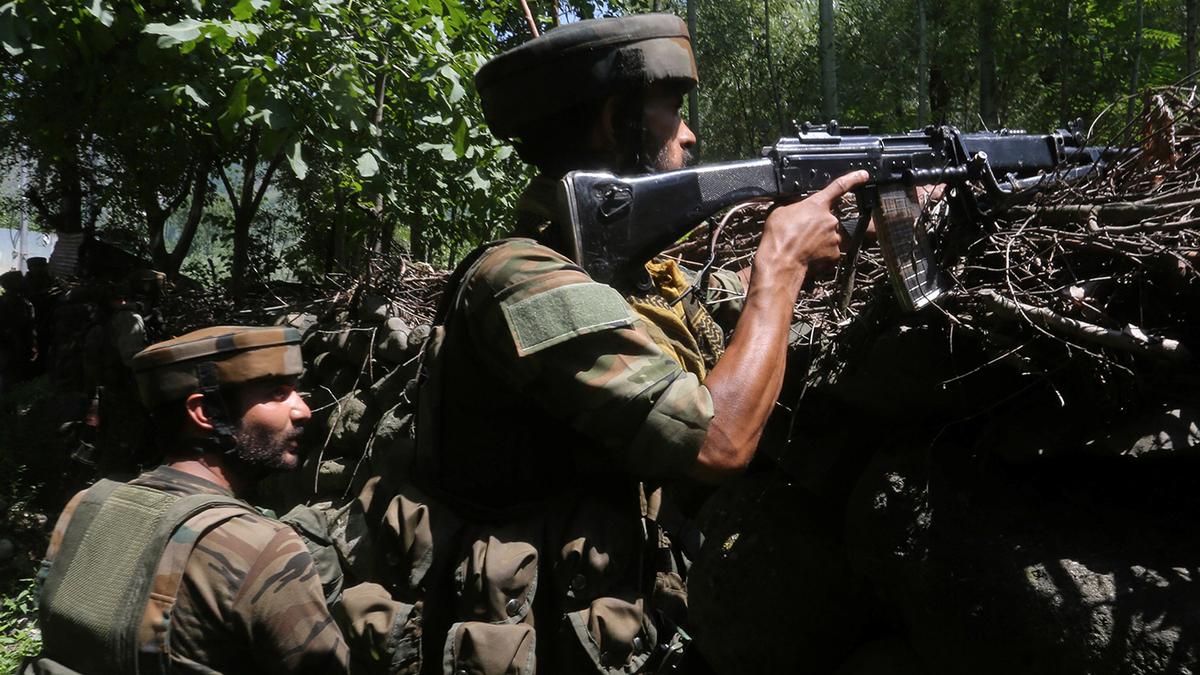
Militants turn Pir Panjal Valley into new battleground
The Hindu
Militants changed tack in Jammu and Kashmir and inflicted more casualties on the Army compared to other security wings this year by turning the Pir Panjal Valley
Militants changed tack in Jammu and Kashmir and inflicted more casualties on the Army compared to other security wings this year by turning the Pir Panjal Valley, comprising Rajouri and Poonch districts, into a new battleground.
Official figures suggest that a total of 28 soldiers were killed in J&K this year in nine fierce encounters in dense jungles, which security agencies see as “a stark shift from militant attacks in built-up and urban areas to jungle warfare”.
Also read | Anti-militancy operations focus on forested areas of the Pir Panjal Valley
Seven soldiers were killed in the Kashmir Valley – once a hotbed of militancy – in three encounters, while the rest of the six encounters took place in the Pir Panjal Valley, leaving 21 soldiers dead.
Among 21 soldiers killed in Pir Panjal included personnel from the elite 9 PARA of the Army that carried out the surgical attack inside Pakistan-occupied Kashmir (PoK) in 2016, official sources said. One Captain and one soldier of 9 PARA were killed and a Major was injured during an anti-militancy operation against “highly trained militants” in Rajouri’s Kalakote area in November this year.
Introducing hybrid warfare techniques, these militants, who seem well versed with jungle warfare, also made videos of three major encounters using body cameras – including the Bhatta Durian attack in Poonch in May that left five soldiers dead, and the Kulgam attack in south Kashmir in May that claimed the lives of three soldiers. The attackers remain untraced in spite of prolonged search and combing operations.
Police officers operating in the Pir Panjal Valley said the region was an infiltration route to push arms and men into south Kashmir till 2018 but “the topography of the region, which is home to dense forests and multiple mountain ranges with natural caves” allowed militants to operate with some advantage.











